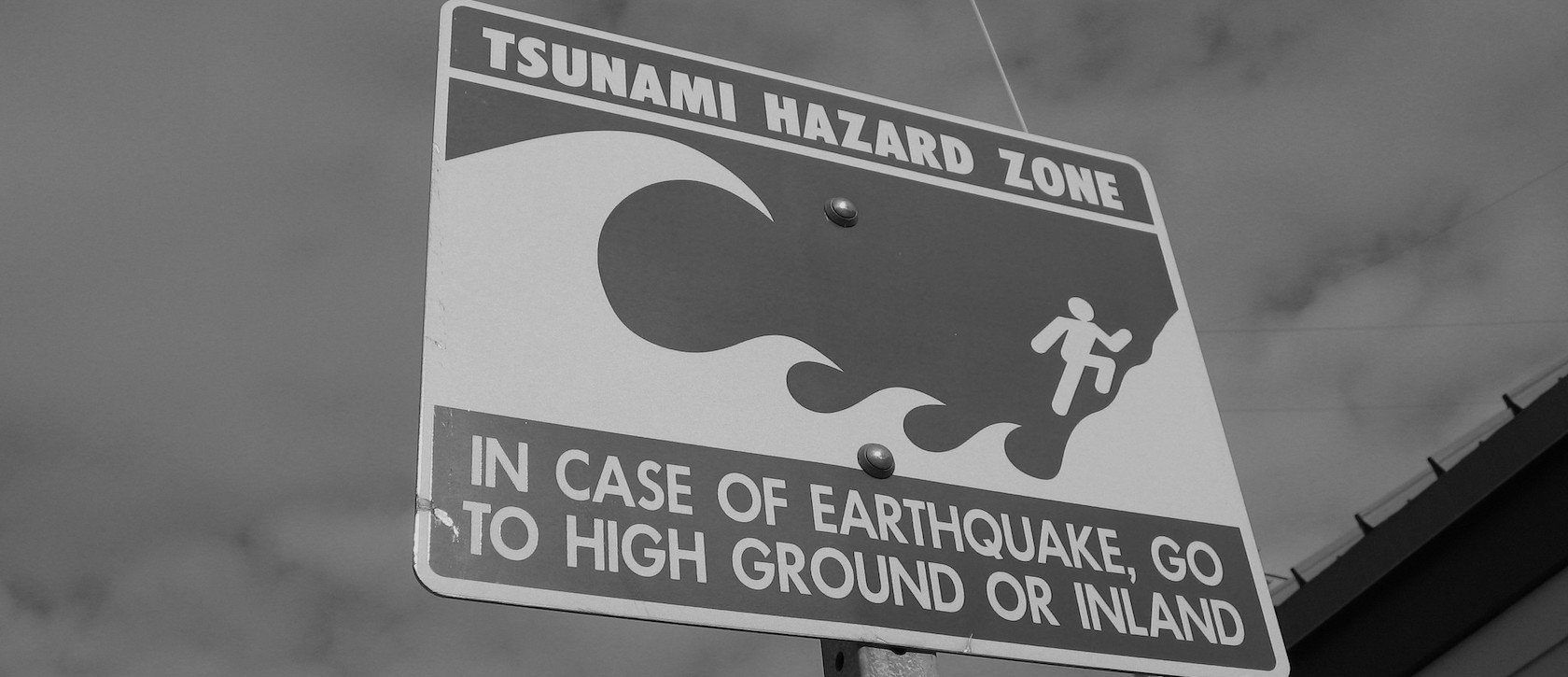
April 1st, 2025
Explora Articles The next tsunami hitting corporations...
June 17, 2021 9 min
... and what you must do to avoid it!


Luckily, many of us can see the end of the pandemic approaching. It has had huge personal consequences for all of us. We have lost loved ones. We have faced restrictions and dramatic changes to our normal way of life. We have all worn masks and become acquainted with heavy use of disinfection. We have learned home schooling kids.
Corporates also faced sudden change. Traditional office lives and presenteeism was impossible. Business traveling died out as borders got closed and planes grounded. Leadership went from being a 3D activity to being 2D. All happening with the limitations of a screen.
And the leaders were struggling themselves. With poor internet connections, with having to deal with home schooling kids, no personal assistants and with having to make a crappy lunch for themselves. Not close to the pre-pandemic glorified life of being a leader.
But now we can all see the end of our troubles! Vaccinations are being rolled out, and COVID infection numbers are dropping. Economists predict high economic growth with the only potential risk being lack of people and talent.
This is where I predict the next tsunami will hit corporates. In the form of mass-resignations. The people they are looking for will not be available. In fact, many of their current people will be leaving the corporates.
“But why?” – you might think…
I believe that is people have been in crisis mode they have stayed put in their jobs. They have endured long working hours in endless virtual meetings. They have endured poor leaders, who have focused on productivity and performance and on staying in control. Burnout has been widespread.
So has isolation. Prior to the pandemic about 5% of the workforce was not integrated in the informal networks. Now, if is 15%… and in the worst cases we have seen in Innovisor it has been 40%. What does that mean? It means that 40% are not included in the informal chit chat and no one is inviting them in to collaborate (Source: Innovisor). The personal health consequences of this are dramatic. Loneliness increases risk of cardiovascular disease and depression and shortens lifespan.
I believe we have an accumulation of stalled resignations. People have realized something needs to change, and that they do not want to return 9-to-5 office grind. They want a new way of working that is more human and meaningful. It cannot be worse than what they have experienced in the past.
So, what should you do as a leader? – First of all, you must accept that ‘return to normal’ does not exist. It is a new normal, and you need to show you embrace this openly as soon as possible. It is not something you can postpone to after the holidays, after the next leadership meeting, or until after the next engagement survey. Listen to your people now, so you can prioritize interventions based on evidence – not gut feelings.
Just do not think you know, how your people feel and behave!
Second, you need to prioritize wellbeing of your people.
Create opportunities for laughing together. Laughter releases endorphins, the brain’s “feel-good” chemicals. And it is strongly needed. Create a discipline around informal get-togethers, games, lunches… and participate fully yourself. Check-in with people – on group level and at individual level. Help people become well. If they need a time out, then let them have it. Above all, show you care.
Be a role model yourself. Do not go back to the office grind. Take care of yourself, your family and good friends – and in this order. Show this is important.
You can expect measurable improvements on wellbeing already after 2 months if you do this part properly.
Third, rebuild connectivity amongst your people. Make sure none of them are left isolated from the informal networks. Achieving a form of togetherness is key. You need to discipline the connectivity. It cannot be left to coincidence. Who should reconnect? – personally and professionally? – and when? Allocate the necessary time for it, so it gets prioritized. Build supporting mechanisms & information flows that facilitates it.
Rebuilding connectivity takes time. Do not rush this part. In our experience it can take 6-9 months before we have improvements.
Great leaders can avoid the mass-resignations in the coming period.
But it requires them to see their people as humans – not as resources. They need openly and visibly to embrace the new normal of work – be it hybrid or remote or whatever – just not the old normal. They need to focus on wellbeing of their people, and then on rebuilding the connectivity to people and within and across teams. And they need to do all of this before they start to focus on productivity, performance, and growth.
If they, do it, however, they will soon be better positioned than any of their competitors to surf the tsunami.
Will you be a great leader?
________
Jeppe Vilstrup Hansgaard is CEO of Innovisor.
Image Jenni Conrad under a Creative Commons license
Did you like it?
Are you already a user? Log in here